Back pain is a common ailment that affects millions of people worldwide. Herniated discs, a condition in which the inner gel-like substance of the spinal disc protrudes through a tear in its outer covering, are a major cause of back pain. Yoga, with its emphasis on mindfulness, breathwork, and gentle movements, offers a holistic approach to managing herniated disc pain.
This article will explore the benefits of yoga for herniated disc relief, provide guidelines for selecting appropriate poses, and offer tips for a safe and effective yoga practice.
The Benefits of Yoga for Herniated Disc Relief
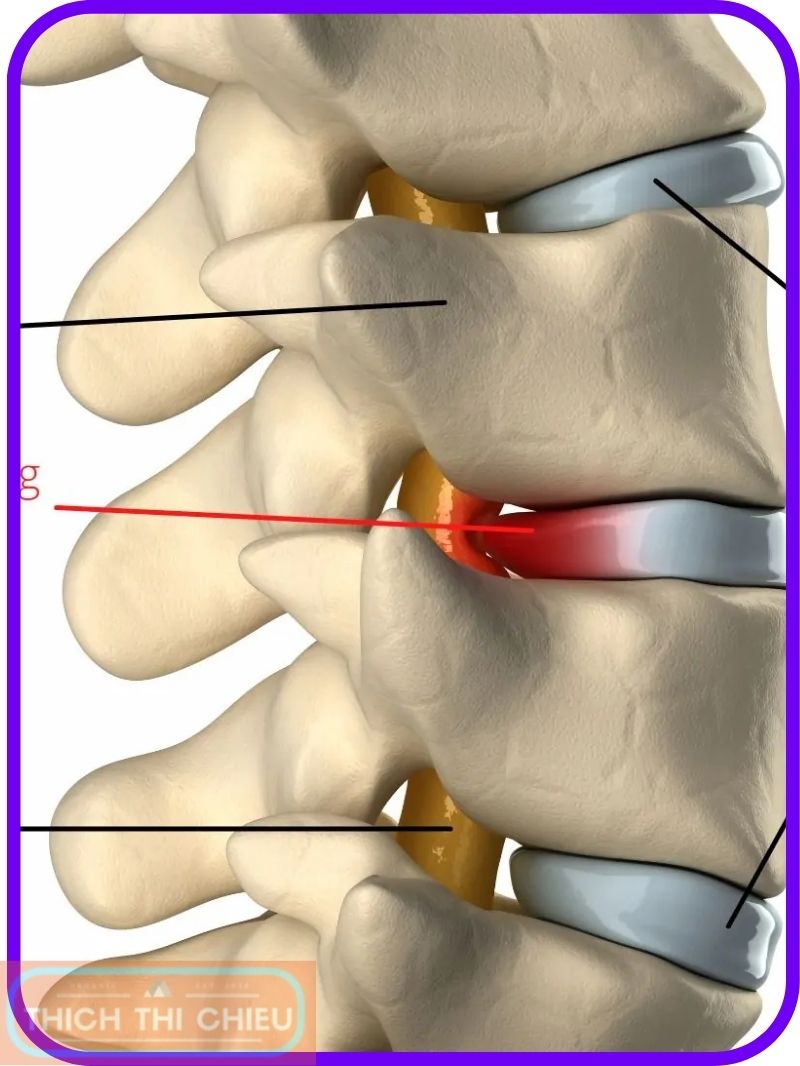
Yoga, with its emphasis on mindfulness, breathwork, and gentle movements, provides a multifaceted approach to managing herniated disc pain. The benefits of yoga for herniated disc relief include:
- Pain Alleviation: Gentle stretching and strengthening exercises can help reduce inflammation, improve blood flow, and release muscle tension, thereby alleviating pain.
- Enhanced Spinal Flexibility: Yoga poses target the muscles and ligaments surrounding the spine, promoting flexibility and reducing stiffness, which can contribute to pain reduction.
- Strengthened Core and Back Muscles: Strong core and back muscles provide support to the spine, reducing stress on the discs and minimizing the risk of further herniation.
- Improved Posture and Body Alignment: Correct posture helps distribute weight evenly, reducing strain on the spine and alleviating pain. Yoga poses emphasize proper alignment, promoting better posture habits.
- Stress Reduction: Yoga’s emphasis on breathwork and mindfulness can help reduce stress, which can worsen pain perception and hinder recovery.
- Improved Overall Well-being: Yoga’s holistic approach promotes overall well-being, enhancing physical, mental, and emotional health, which can contribute to pain management and recovery.
The Importance of Selecting Appropriate Yoga Poses
When selecting yoga poses for herniated disc relief, it is crucial to prioritize gentle, non-aggressive movements. Avoid poses that put excessive strain on the lower back, such as deep forward bends or twisting poses. Consult with a healthcare professional or a certified yoga instructor to determine the most suitable poses for your individual needs.
Factors to Consider When Selecting Yoga Poses
- Location of the Herniated Disc: Understanding the location of the herniated disc will help you choose poses that avoid aggravating the affected area.
- Severity of Pain: If you experience acute pain, it is best to start with very gentle poses and gradually increase the intensity as your pain subsides.
- Individual Limitations: Consider your overall physical fitness level and any limitations or injuries you may have.
Gentle Yoga Poses for Herniated Disc Relief
There are many different yoga poses that can be used to relieve herniated disc pain. However, it is important to choose poses that are gentle and do not put too much strain on the lower back.
Some gentle yoga poses that can be used to relieve herniated disc pain include:
Cat-Cow Pose (Marjaryasana-Bitilasana)
This pose is a great way to warm up the spine and improve flexibility. To do this pose, start on your hands and knees. As you inhale, arch your back and lift your head and tailbone. As you exhale, round your back and tuck your chin to your chest.
Child’s Pose (Balasana)
This pose is a great way to relax and release tension in the lower back. To do this pose, kneel on the floor and sit back on your heels. Fold forward and rest your forehead on the floor. Extend your arms out in front of you.
Knee to Chest Pose (Apanasana)
This pose is a great way to stretch the hamstrings and lower back. To do this pose, lie on your back and bring one knee to your chest. Hold for a few breaths and then repeat on the other side.
Cobra Pose (Bhujangasana)
This pose is a great way to strengthen the back extensors. To do this pose, lie on your stomach with your hands placed under your shoulders. Press your hands into the mat and lift your chest off the floor. Keep your hips and lower body on the mat.
Bridge Pose (Setu Bandhasana)
This pose is a great way to strengthen the glutes and hamstrings. To do this pose, lie on your back with your knees bent and feet flat on the floor. Lift your hips off the mat and form a straight line from your shoulders to your knees. Hold for a few breaths and then lower back down to the mat.
Additional Tips for Yoga Practice with Herniated Disc
- Listening to Your Body
The most crucial aspect of yoga practice, especially when dealing with herniated disc pain, is to listen to your body. Pay close attention to any pain or discomfort during practice. If a pose causes pain, modify it or avoid it altogether. Do not push yourself beyond your limits, as this can aggravate the pain and hinder recovery.
- Progressing Gradually
Start with a few gentle poses and gradually increase the duration and intensity of your practice as your body adapts. Avoid jumping into an intense yoga routine right away, as this can put excessive strain on your spine and worsen the pain. Allow your body to adjust to the movements and gradually build your strength and flexibility.
- Utilizing Props
Yoga props, such as blocks, straps, and bolsters, can be invaluable tools for modifying poses and providing support during your practice. Blocks can help you elevate your hips or reach further in poses, while straps can extend your reach and provide stability. Bolsters can offer cushioning and support for restorative poses. Utilize props to make poses more comfortable and accessible, ensuring a safe and effective practice.
- Seeking Professional Guidance
Consulting with a healthcare professional or a certified yoga instructor can provide valuable insights and guidance for your yoga practice with herniated disc pain. They can assess your individual needs, limitations, and pain patterns, and help you develop a personalized yoga plan tailored to your specific condition. A qualified instructor can also teach you proper modifications and techniques to ensure a safe and beneficial practice.
Additional Recommendations
- Warm-up and Cool-down: Always warm up your body before yoga practice with gentle movements and light cardio. Similarly, cool down after your practice with gentle stretches and relaxation techniques.
- Breathwork: Focus on deep, diaphragmatic breathing throughout your practice. Proper breathwork enhances oxygen delivery to your muscles and promotes relaxation, reducing stress and tension.
- Mindfulness: Yoga is a mind-body practice, so cultivate mindfulness during your sessions. Pay attention to your body, your breath, and your thoughts. Be present in the moment and avoid getting caught up in distractions.
- Consistency: Regular yoga practice is key to achieving long-term benefits. Aim for at least 2-3 yoga sessions per week to experience sustained relief and improvements in your overall well-being.
By following these guidelines and incorporating yoga into your regular routine, you can effectively manage herniated disc pain, improve spinal health, and enhance your overall well-being. Hopefully, the above article of TTC has provided you with useful information. If you have any questions or concerns, please leave a comment below.
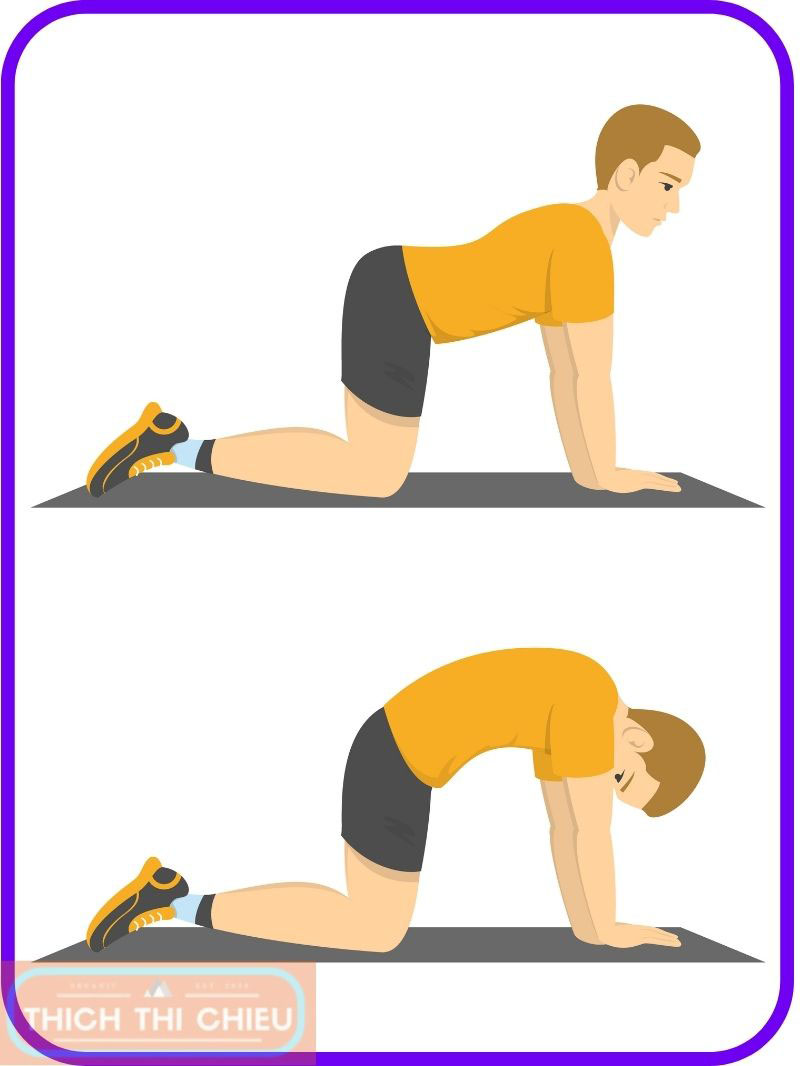
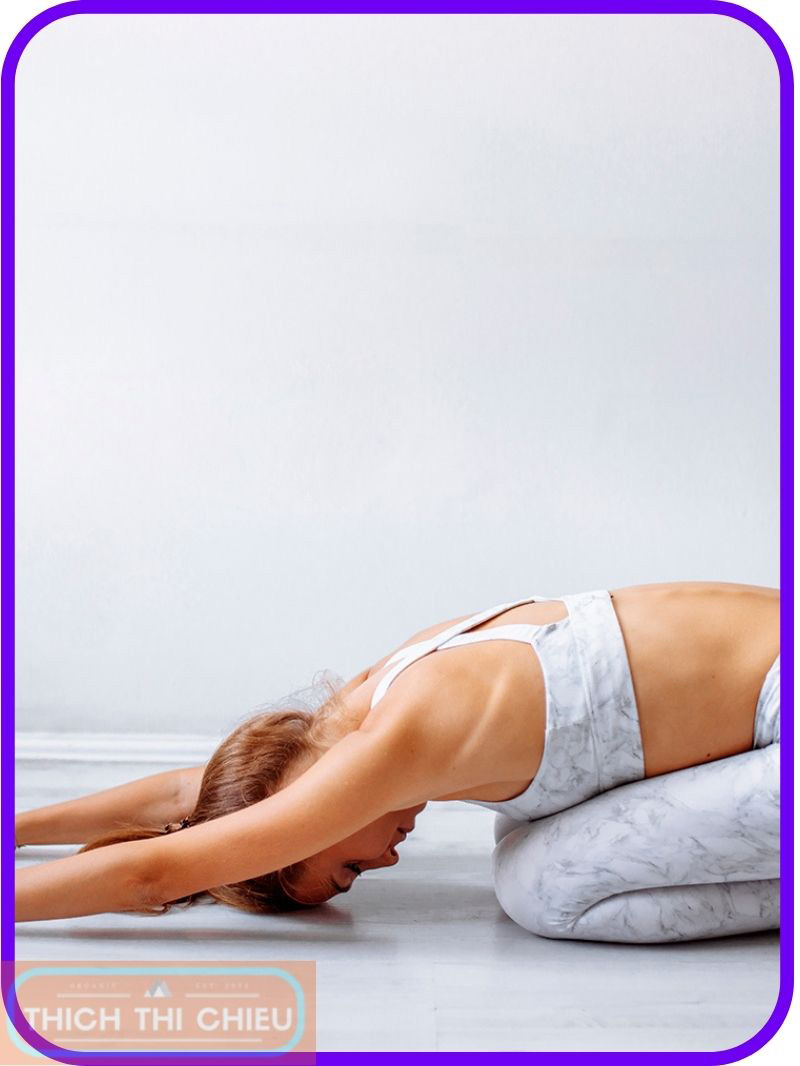
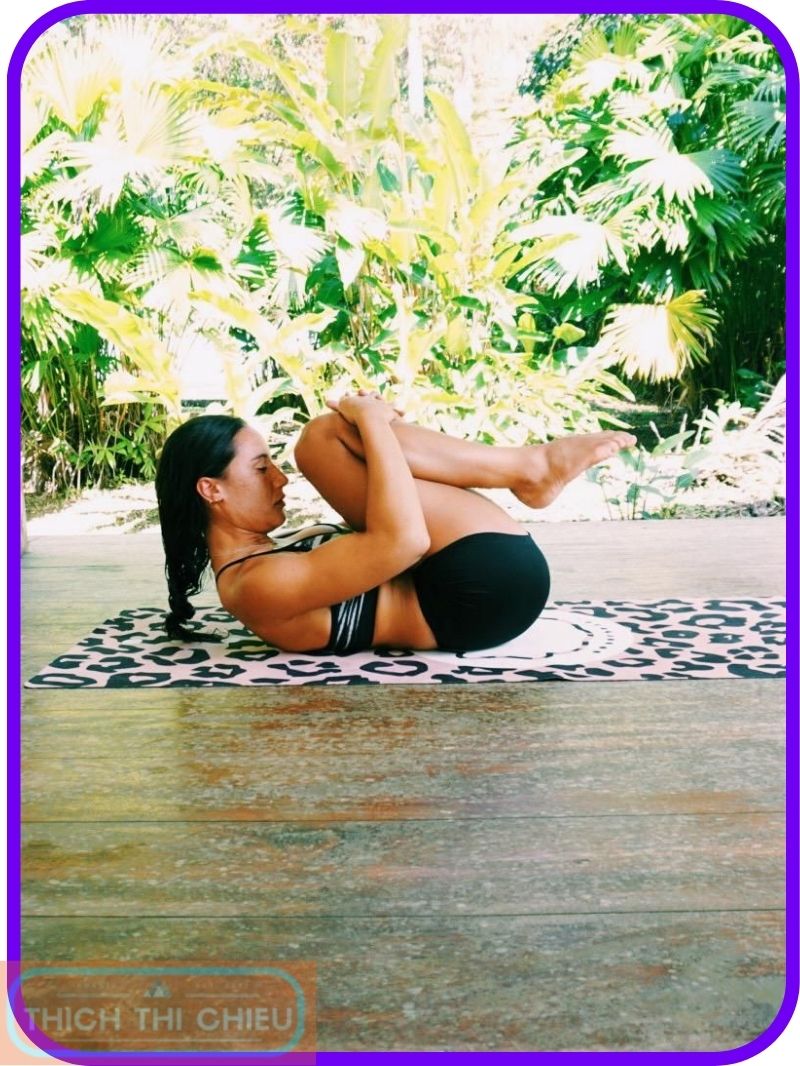
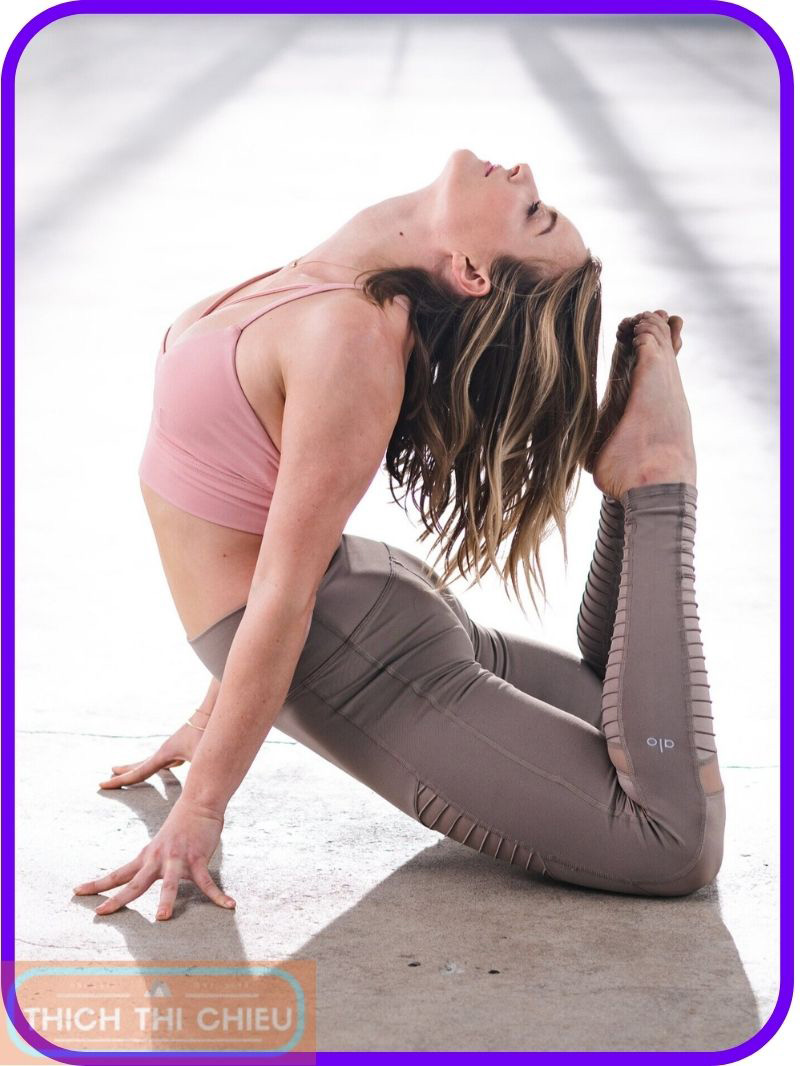
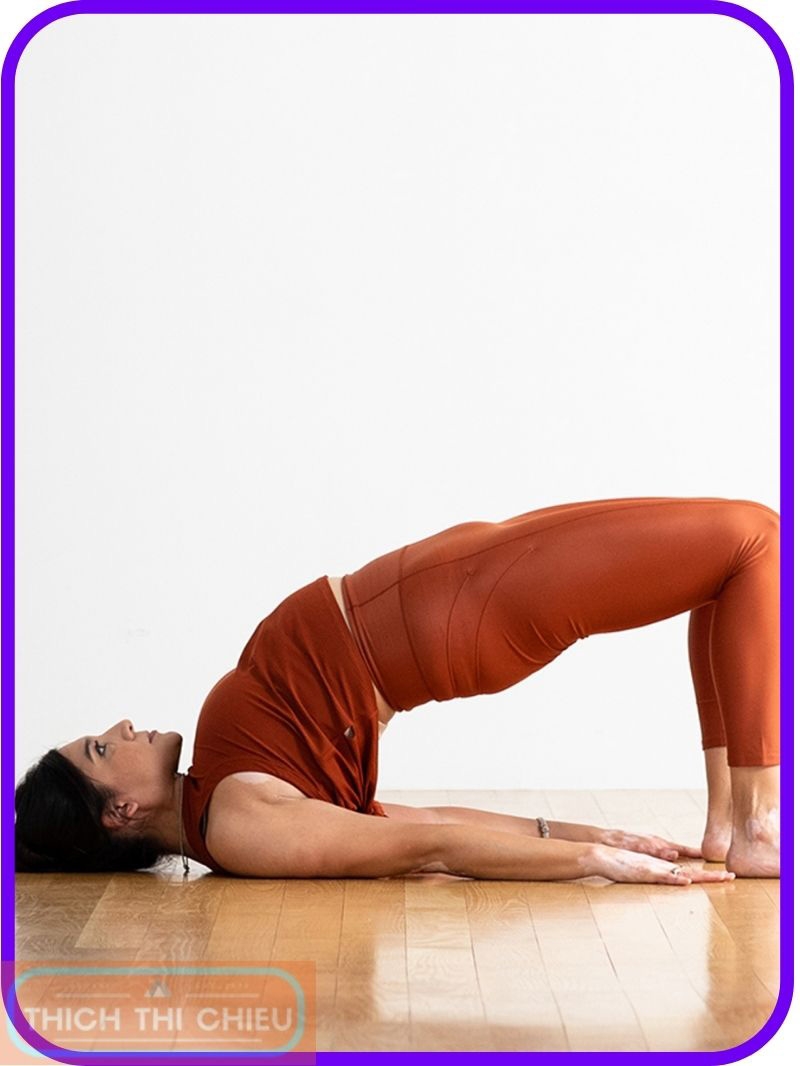





Leave a Reply